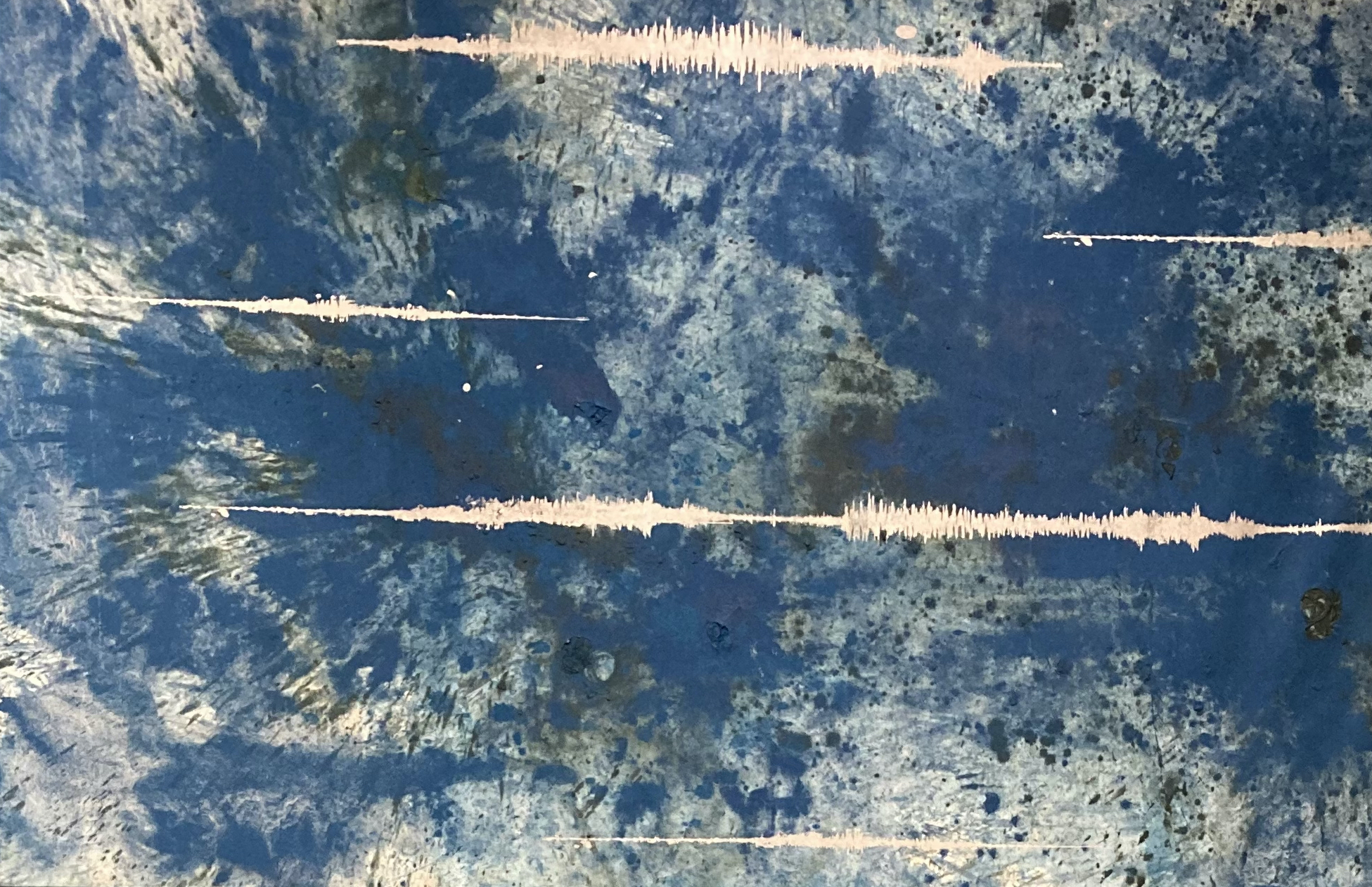Excerpt from Splashings and thunderclaps through the eyelids of two shores; murmuring:
Enfolding through time and space, the waves from the sea reach distant shores in a neverending process of search, layering fluid information that is made and erased without cease, burgeoning towards the future away from past measures. This watery rhythm escapes boundaries, going outside the limits of its convention in a recursive dynamic to give way for deterritorialization. The constant rewriting of contour space generated from layering over multiple waves of incidents, in effect reproducing amalgams of new recordings, would become the generative refrain that creates assemblages from different sources.
Water flows from the Venice canal out into the Adriatic sea that leads to the Atlantic Ocean, which then connects to the Pacific Ocean where the South China sea and the Philippines are located. Not a simple linear route, but a winding course that each large body of water follows through a series of translations. Similarly, Gerardo Tan’s recent paintings reverberates with a dynamic aural pattern generated by the waves of the sea, an expansive painterly field with depths of blue registered allover with various sonic wavelengths mapped. Tan presents tropes of color field painting imbued with a geopolitical aesthetic, using sound as a source and signifier for translational experiences. These paintings are arranged accordingly in grid-like formation on the wall following lateral and longitudinal orientations.
– Arvin Flores

